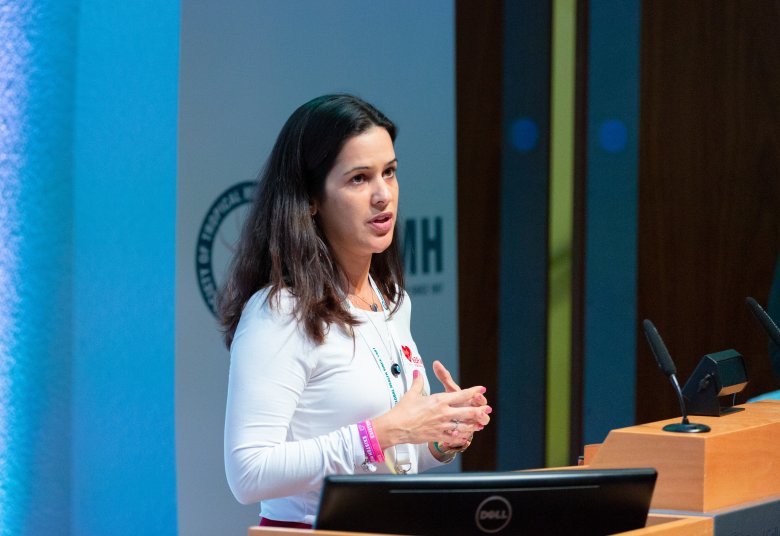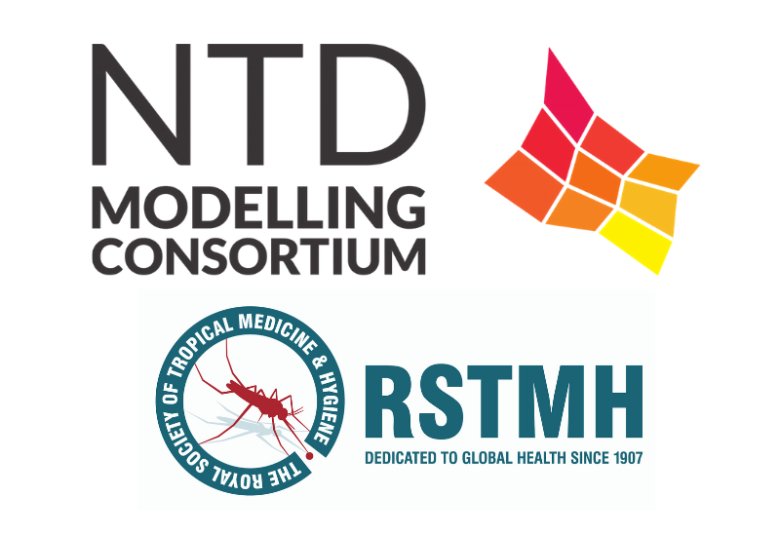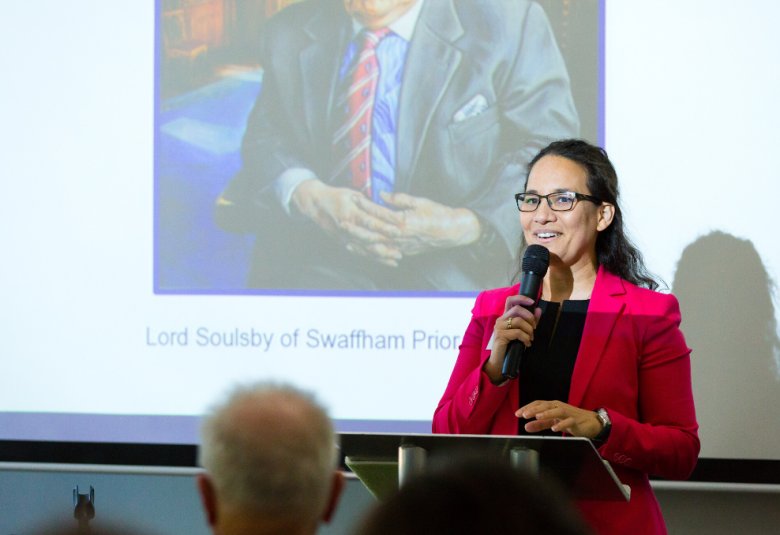World Rabies Day: Getting to zero by 2030

As we commemorate the anniversary of Louis Pasteur’s death on World Rabies Day today, let us not lose sight of the deep appreciation for the sanctity of children’s lives that exercised Pasteur – “When I approach a child he inspires in me two sentiments; tenderness for what he is and respect for what he may become” – and strive towards the 2030 target of “zero human deaths due to canine rabies” as an investment in global equity.
It was the French chemist and microbiologist, who developed the first rabies vaccine. Safe and efficacious animal and human vaccines are among the important tools that exist to eliminate human deaths from rabies while awareness is the key driver for success of communities to engage in effective rabies prevention.
Thousands still dying from rabies every year
An estimated 59,000 people still die from rabies every year. The disease is present across all continents except Antarctica and rabies is almost always fatal once symptoms appear.
At the global conference on rabies elimination in 2015, a common goal of zero human deaths from canine rabies by 2030 was agreed by the World Health Organization, World Organisation for Animal Health, UN Food and Agriculture Organization and the Global Alliance for Rabies Control. In support of this goal, the 2017 World Rabies Day theme is Rabies: Zero by 30.
Can we achieve zero rabies deaths by 2030?
The gap between wealthy and poor nations could be no more conspicuous than the differential rabies burden – where the need is greatest, most often, the health and veterinary systems are the weakest.
An editorial by Professors David Durrheim and Lucille Blumberg in the latest edition of the Transactions laments the unrelenting burden of preventable childhood rabies deaths globally, addresses a range of formidable challenges that obstruct the achievement of the 2030 target and shines hope by highlighting innovations in rabies surveillance, diagnosis and vaccine administration that may make the path achievable.
Rabies deaths in children are a true measure of our generation’s commitment to children’s rights and social justice. It would be a grave moral failure not to achieve the 2030 elimination goal.

















